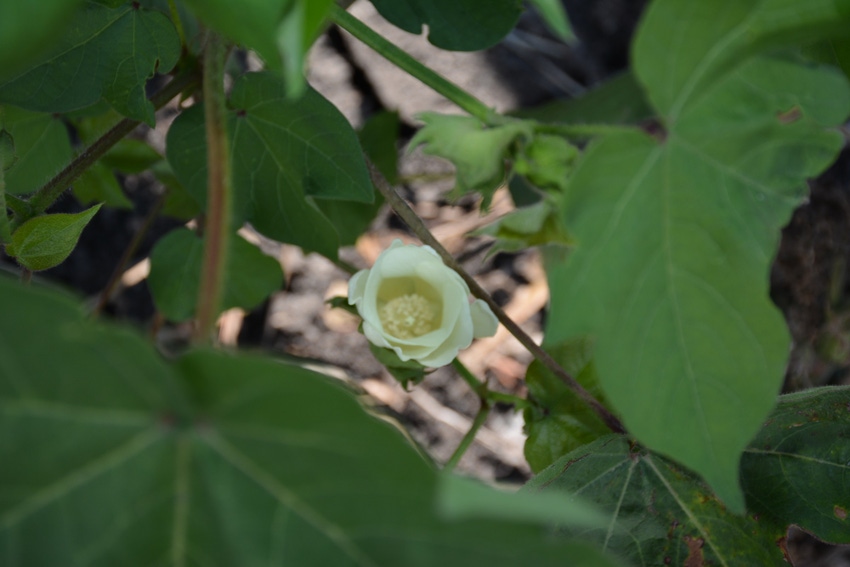
Mid-summer is bringing mostly hot, dry conditions to Southwest cropland, but a few areas are seeing timely rainfall events that benefit cotton and grain farmers. Recent reports from several news sources across Texas and Oklahoma indicate how cropland is faring as the season moves into what folks used to call “lay-by time.”
Heat and drought take a toll on High Plains cotton
A Recent article on the Lubbock Avalanche Journal website describes how persistent hot, dry conditions are stressing cotton plants. Temperatures as high as 105 degrees, writes Josie Musico, “quickly dries any moisture,” from the soil.
The scant rainfall recorded in some locations is wicked away by the following day, sources say.
Dryland crops stressing from excessive heat
Adam Russell, Texas A&M AgriLife Extension media specialist, in his weekly weather and crops update, reports heat and drought stress in various crops across the state. Rice producers in South Texas, he writes, could see decreased yields and lower quality because of the weather stress.
Daytime temperatures exceeding the high 90-degree mark, with some areas recording 105 degrees, are taking a heavy toll on crop prospects across the state.
Beneficial precipitation aiding Southwest Oklahoma cotton
The most recent edition of the Cotton Comments newsletter from the Oklahoma State University Southwest Oklahoma Research Center in Altus staff offers an at least guardedly optimistic report on current growing conditions.
The newsletter reports “highly beneficial precipitation continues across the heart of cotton country in southwestern Oklahoma.”
Rainfall amounts ranging from 0.7 to 1.3 inches across the region is regarded as “outstanding rainfall for July.”
The newsletter offers information on other significant activities in Oklahoma cotton fields.
For iPad/iPhone and Android users, the report is available for download here.
Hot, dry and windy conditions plague High Plains cotton
New Texas A&M AgriLife Extension integrated pest management specialist for Lubbock and Crosby (http://crosby.agrilife.org) counties. Katelyn reports on “record-high temperatures and high winds in excess of 60 miles per hour.”
She says forecasts for isolated showers failed to materialize. “I worry that if we don’t get a good, soaking rain in the immediate future, a lot of our dryland crops will be in danger.”
She says weeds are troublesome and the sugarcane aphid is showing up on grain sorghum but so far in low numbers.
About the Author(s)
You May Also Like






